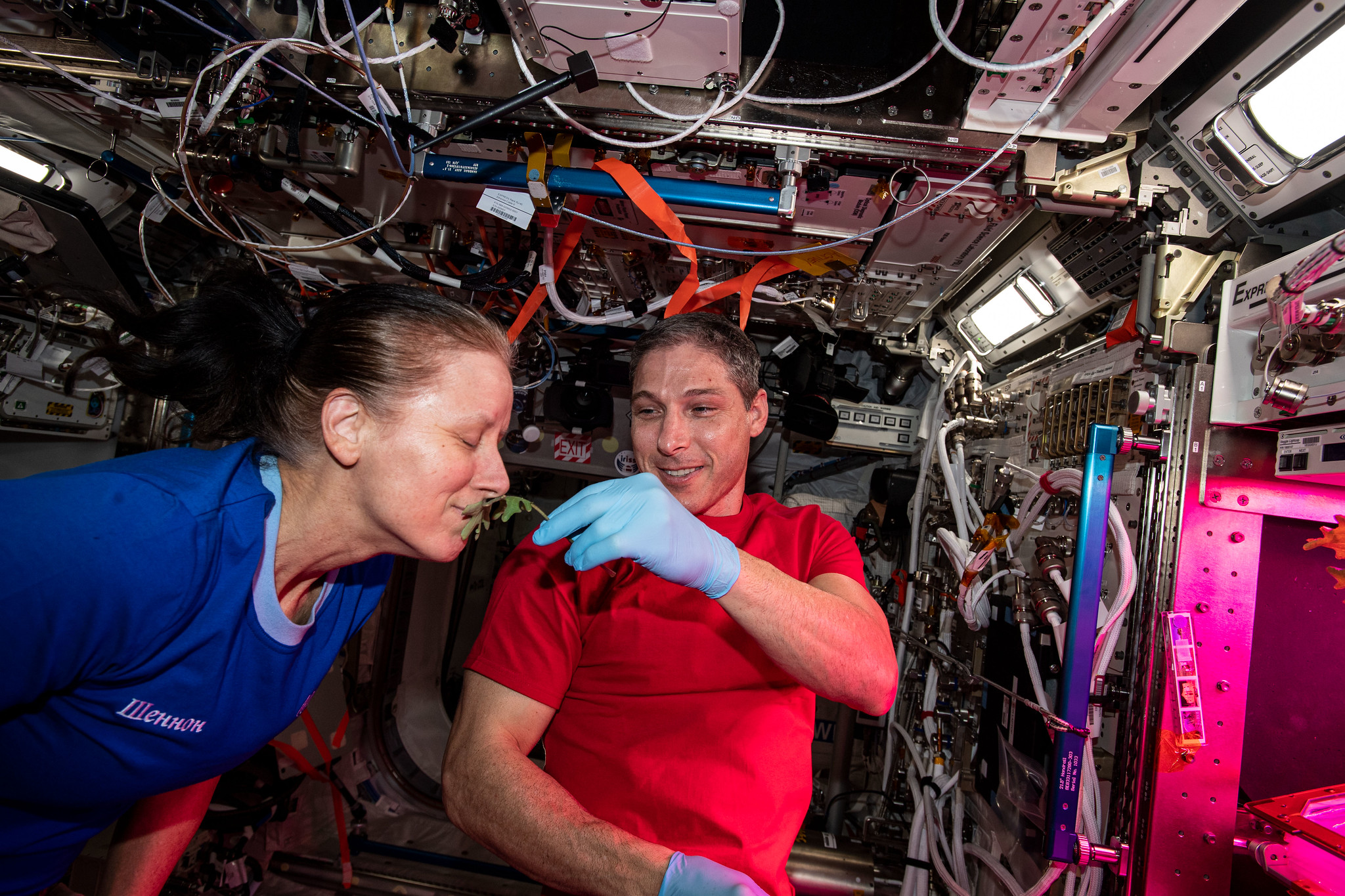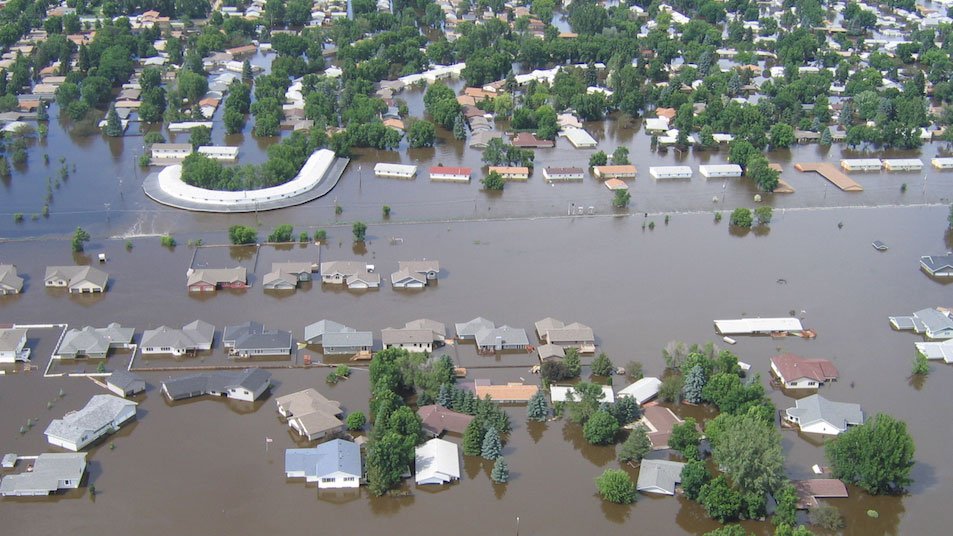
Researchers across the country produce innovative ideas that have great potential to help NASA in pursuit of its goals. To tap into these ideas, NASA invests in partnerships between research institutions and U.S. small businesses through the agency’s Small Business Technology Transfer (STTR) program. A new round of awards from the program will help 20 small businesses and their research institution partners continue developing technologies that have shown potential benefit to NASA’s future work in areas like intelligent sensor systems, surface construction, handling propellants needed to get us to the Moon and Mars, and more.
“The STTR program exists to help transition innovative thinking from the nation’s research institutions to market by providing early stage funding and other support through small business partnerships,” said Jenn Gustetic, director of Early Stage Innovation and Partnerships for NASA’s Space Technology Mission Directorate in Washington. “We’re proud to be able to provide a path for these teams to turn cutting-edge research from the lab into mission-enabling technology in the market.”
The new round of Phase II awards totals $15.3 million. All the selected small business and research institution partnerships are previous NASA STTR Phase I recipients. After their selection for Phase I awards in March 2021, each team demonstrated the feasibility of their technologies over the course of 13 months. As Phase II awardees, each team will now receive up to $750,000 to develop, demonstrate, and deliver their technologies to NASA over 24 months. Some teams will also receive up to $50,000 in additional technical and businesses assistance funds.
“Investing in these small business and research institution partnerships is truly a win for all,” said Gynelle Steele, deputy program executive for NASA’s Small Business Innovation Research (SBIR) and STTR programs at the agency’s headquarters in Washington. “NASA receives technologies to advance our missions, while providing critical funding to small businesses and their research institution partners to help them through those early days of research and development.”
The NASA STTR program invests in small businesses and research institutions from all different backgrounds. This round’s awarded teams include two minority serving institutions: Navajo Technical University and Virginia Polytechnic Institute and State University. First-time awardees are of particular interest as the program seeks to bring in new and diverse voices to NASA. In this round, seven of the small businesses are first-time Phase II awardees; meet a few of them below and see the full list of recipients here.
Growing plants in space has advantages in life support systems, including carbon dioxide removal, oxygen generation, and food production; however, NASA has found that plant growth in microgravity is challenging and would benefit from a way to measure plant heath. Nikira Labs, Inc., a woman-owned business based in Mountain View, California, is continuing its partnership with Colorado State University (CSU) to develop an analyzer that measures oxygen, carbon dioxide, and other chemicals to provide earlier indications of stress on plants and, potentially, human health. After a successful Phase I period developing, testing, and deploying their analyzer in the CSU labs, the company plans to use the Phase II period to improve upon the instrument.
Another awardee, re:3D, Inc., based in Houston, Texas, will continue partnering with University of Tennessee at Knoxville to develop a system to 3D print a high-temperature thermoset foam for potential use in NASA’s thermal protection systems. While this woman- and minority-owned business will focus its Phase II work on scaling up their process and refining the foam for areas including spacecraft survival, the company is also eyeing industry uses outside of NASA, as the technology may be one of the few available large-scale printers capable of applying thermoset foams to irregular surfaces.
The NASA STTR program is part of NASA’s Space Technology Mission Directorate and is managed by NASA’s Ames Research Center in Silicon Valley. To learn more about NASA’s SBIR/STTR program and apply to future opportunities, visit:
Media contact:
Sarah Frazier
Headquarters, Washington
202-853-7191
sarah.frazier@nasa.gov
By Kimberly Augone
NASA SBIR/STTR Program



























